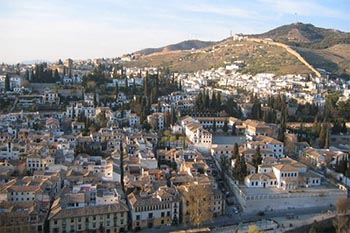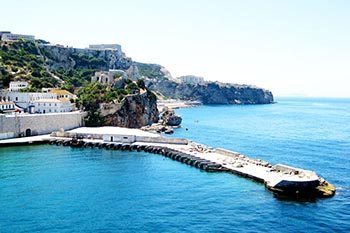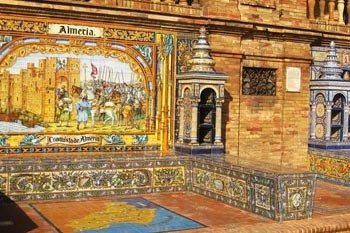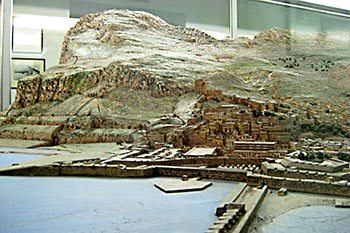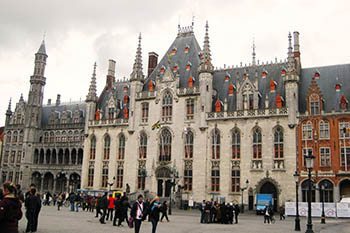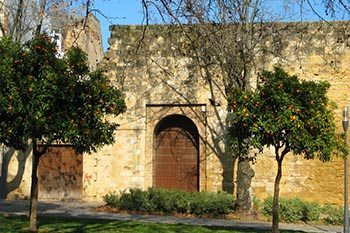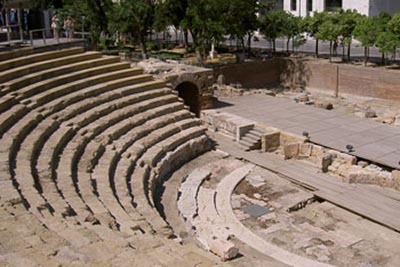
Roman Ruins and More in Malaga, Spain
Roman Ruins, Moorish Castles, and Tapas Bars By Tristan Cano Built on the site of a former Moorish stronghold, with a Cathedral (formerly the city’s main Mosque) at its heart, Malaga has all the hallmarks of a classical Andalucian city. Its city center has long outgrown the lines of the…

